QUARK: Open Source Handheld Electrical Measurement Probe based on ESP32 and Arduino
QUARK is an open source handheld electrical measurement and debugging tool designed by Sergey Ismulin. It is based on ESP32 and uses the Arduino framework.
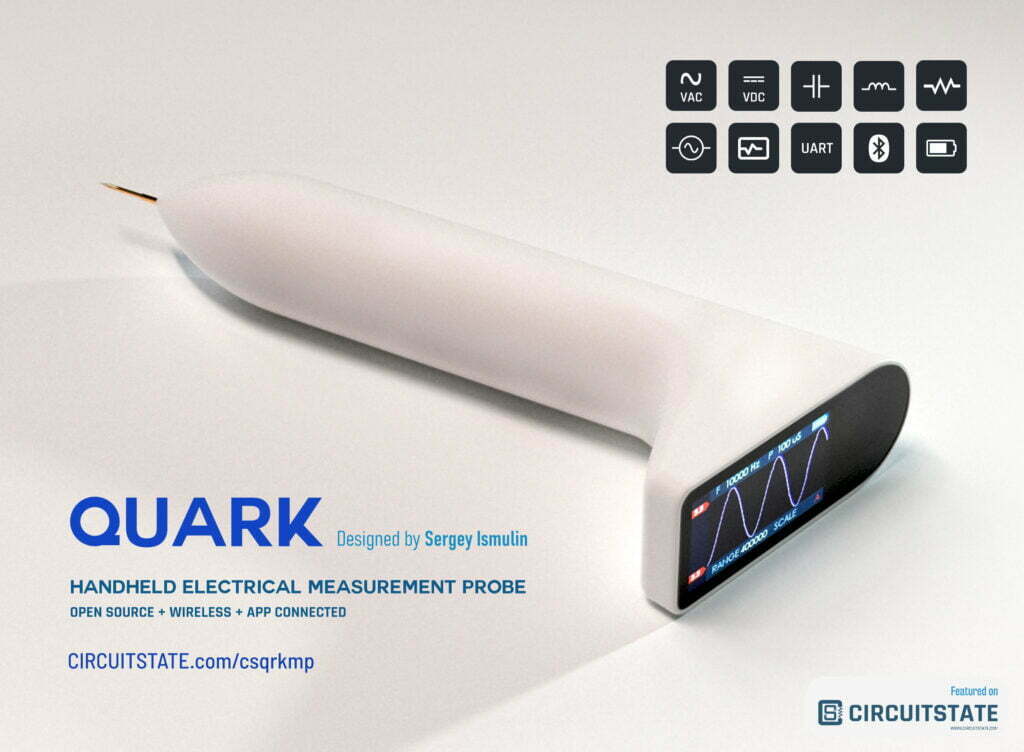
Crowd Supply is featuring a new interesting project – QUARK, an open source and wireless connected electrical measurement probe and debugging tool based on ESP32 and Arduino framework. It is a battery powered hand-held tool with a length of 120mm. It features a full-color LCD for measurement reading and surface-integrated touch controls for easy handheld operation. The device is created by Sergey Ismulin (Сергей Исмулин) and design files and source code are freely available at GitHub. QUARK will be soon launched at Crowd Supply. Make sure to preorder and back the project when it is active. Subscribe to the page to get notified.
Features and Specifications
- Measures voltage from 0 to 26 V
- Current measurements from 0 to 3.2 A
- Resistance measurements from 0 to 2 MΩ
- Capacitance measurements from 2 pf to 1000 uF
- Measurement of inductance up to 1 H
- Oscilloscope with a sampling rate of 400 kHz
- UART logger
- UART plotter
- Signal generator
- Full color LCD with 240 x 135 pixels resolution
- Touch based control buttons
- Connects to our smartphone app via Bluetooth
- Smartphone app supports iOS and Android
- Built-in 700 mA battery provides up to 5 hours of uninterrupted operation
- Charged via USB Type-C
- All functionality is fully available with or without a smartphone
- Length: 120mm
- Diameter: 20mm
Story of QUARK
Sergey Ismulin is an electrical engineer from Belarus, engaged in the design of various electronic equipments. Like us, he loves Arduino. Back in 2018, he came across an Arduino based oscilloscope that was popular among radio amateurs. Ismulin was quickly inspired by the simplicity and usability of the device, and began replicating the design. He started adding new features such as voltage, current, resistance and capacitance measurements. Meanwhile he received lot of feedback from the community about improving the existed designs. He later changed the main controller to the feature-rich ESP32 so that he can use his expertise on the SoC for the design. After 2 years and 5 iterations, QUARK was born. Ismulin is now in the process of finalizing the device design and documentation for crowd sourcing the project through Crowd Supply.
Block Diagram
At the heart of QUARK is the Espressif ESP32-WROOM-32 module driving the LCD and sampling all measurements. At one end of the device is the conical pin that serves as the positive probe. The negative/ground probe is connected to the USB Type-C port. There are no physical buttons on the device. Instead, all functions can be selected by simply swiping on the body of the device. This is accomplished by touch sensitive switches integrated into the device body. The internal 700mAh Li-Po battery allows operation up to 5 hours. The battery can be charged via the same USB. There’s a battery icon on the LCD to indicate charge level.
While measuring the voltage, QUARK will show you if the voltage falls in the range of 1.8V, 3.3V and 5V logic levels. Current measurement shows both the instantaneous value and a graph. When you measure capacitance, resistance or inductance, QUARK will show you the color codes or codes corresponding to the measured value. This unique feature saves you a lot time.
The UART debugging function can detect the baudrate automatically. The data coming through the UART can be logged for debugging. The oscilloscope has both automatic and manual scaling feature, and shows the frequency and time period of the incoming signal. If you’re still not impressed, QUARK can be connected to an Android or iOS app that displays all information on your phone. ESP32’s Bluetooth capability is used to accomplish this.
ESP32’s 12-bit internal ADCs are used for all measurements. The analog front-end consists of a few TS5A3166 analog switches, AD5245 digital potentiometers and LMV331 voltage comparators. INA226 is used for current and power measurement. An LSM6DS3TR accelerometer sensor is used to set the orientation of the display. The touch control button is implemented using TTP223 and MPR121.
Mentions
This post has been mentioned in the following websites,
Links
- QUARK – Crowd Supply
- QUARK – GitHub Repository
- ESP32-WROOM-32 Datasheet
- LSM6DS3TR Datasheet
- TS5A3166 Datasheet
- AD5245 Datasheet
- LMV331 Datasheet
- TTP223 Datasheet
- MPR121 Datasheet
Short Link
- Short URL to this page – https://circuitstate.com/csqrkmp



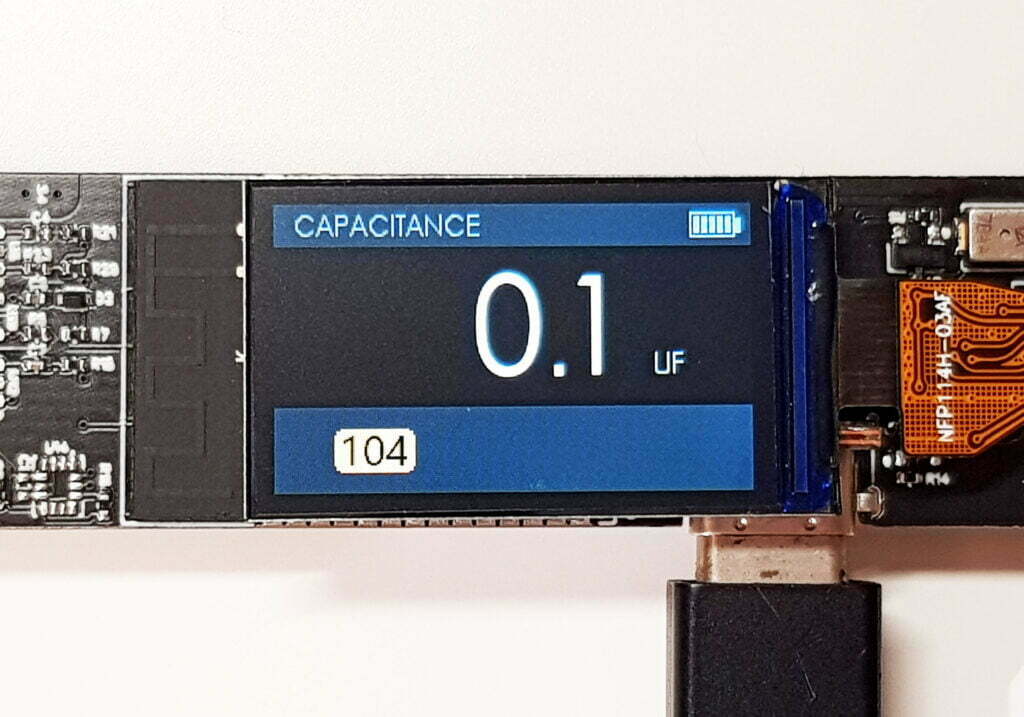
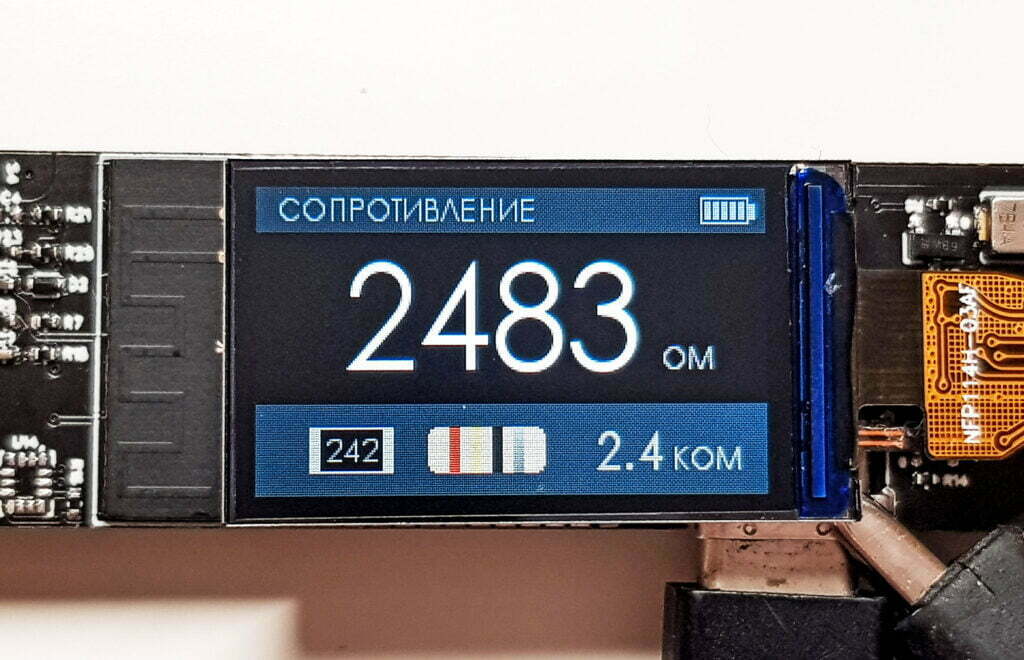





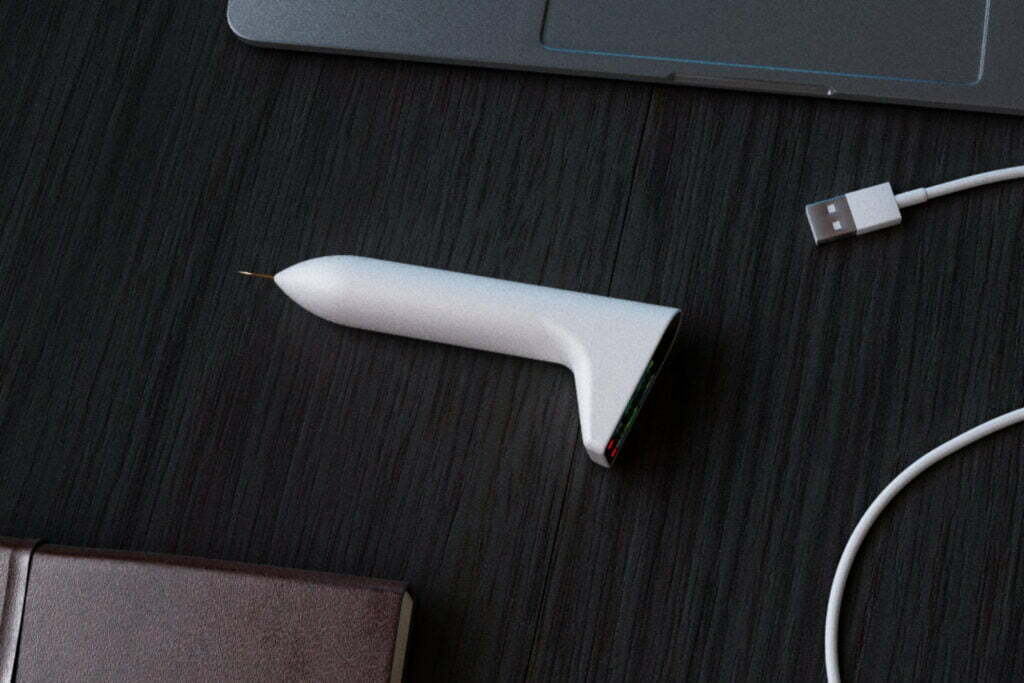
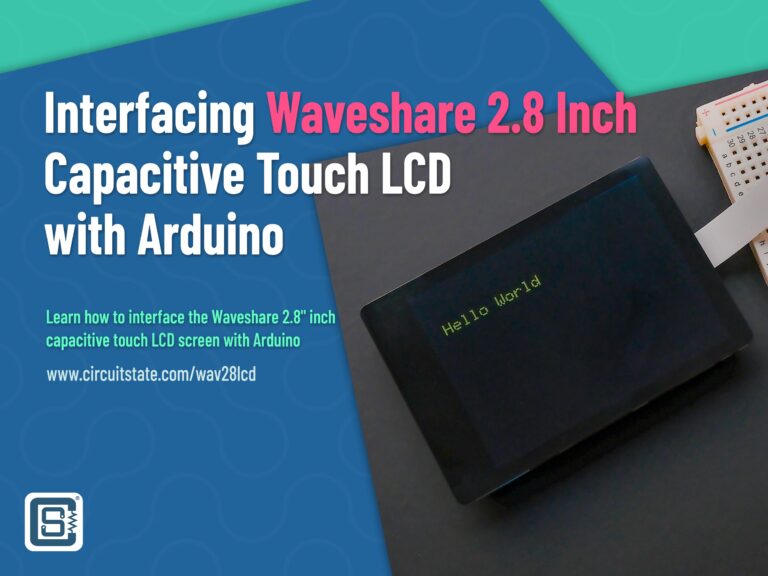



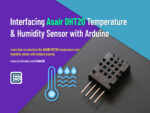
Is the external pin(connected to type C USB) is the ground probe?
Yes, GND comes from USB.
Everything, USB Type-C is ground